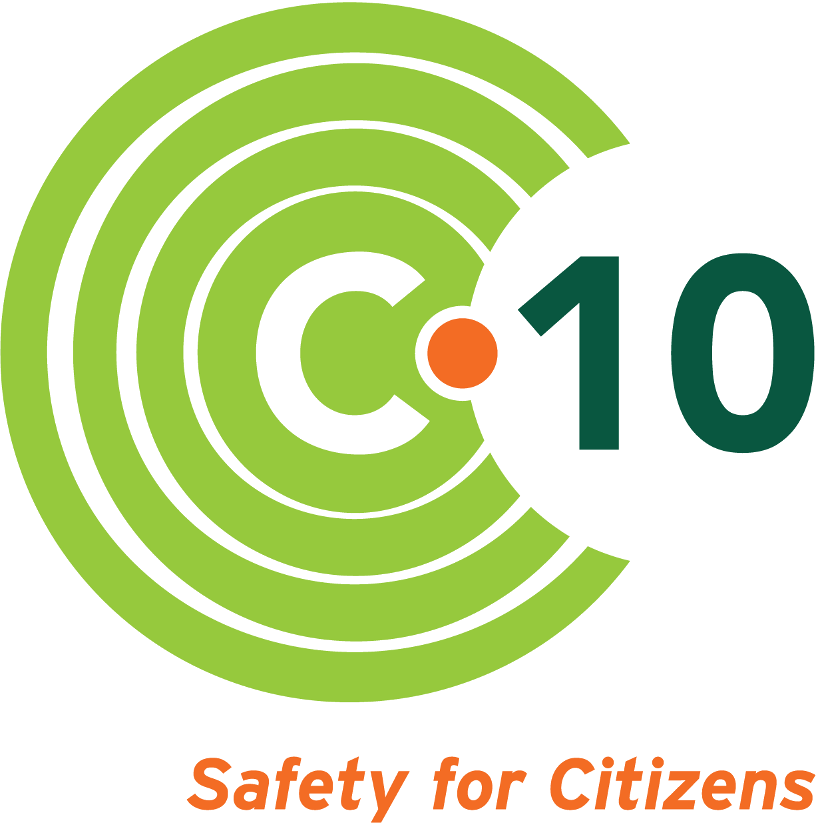Emergency Brochures
Emergency Brochures, which include Evacuation Plans, are essential for residents surrounding Seabrook Station to know so that they are prepared for any event.
It addresses a range of emergencies, with potential radioactive releases affecting public health. Developed by state and local officials, reviewed by FEMA, and overseen by the NRC, the brochures include evacuation and shelter-in-place instructions within designated zones.

Seabrook Station provides Emergency Brochures for both New Hampshire and Massachusetts residents. The most recent version was released in January 2024.
Click on your brochure to download and print so that you are prepared for an emergency.
-
What is an Evacuation Plan?
What is often called the “evacuation plan” is actually the “emergency plan,” and it includes planning for a range of emergencies and/or disasters at a nuclear plant. Not all emergencies would result in an evacuation order; citizens may instead be directed to “shelter in place.”
-
Why does Seabrook Station need an emergency plan?
At Seabrook Station, as with all commercial nuclear power generating facilities, an emergency could result in a radioactive release affecting public health and safety. Plant operators, as well as federal, state, and local officials, are required to have emergency plans in place. These agencies communicate regularly and conduct joint preparedness drills.
-
Who develops the Evacuation Plan?
The plans for offsite emergency response are developed by state and local officials and are reviewed by the Federal Emergency Management Agency (FEMA). The New Hampshire Division of Homeland Security and Emergency Management (HSEM) maintains the state’s nuclear power plant off-site emergency plans, including annual reviews and updates. Plans and procedures for Massachusetts are reviewed annually by the Massachusetts Emergency Management Agency (MEMA) and revised as necessary.
Under the oversight of the U.S. Nuclear Regulatory Commission (NRC) and FEMA, the emergency plans are reviewed, drilled, and evaluated regularly to ensure they meet regulatory standards. You can view Seabrook's 2012 Evacuation Time Study, here.
-
What area is covered by the Evacuation Plan?
There are two Emergency Planning Zones (EPZs) around a commercial nuclear power plant:
- Plume Exposure Emergency Planning Zone (EPZ): A 10-mile radius surrounding the nuclear plant where people may be harmed by radiation exposure. This is the “evacuation zone” around nuclear plants required by NRC regulations.
- Ingestion Exposure Pathway EPZ: a geographical area extending 50 miles beyond a nuclear power plant, where radioactive materials could contaminate water, food, and livestock. Evacuation plans are not established for this zone.
-
How can I find out what the plan is for my location?
Residents within the EPZ area are given emergency information about radiation, evacuation routes, and special arrangements for the handicapped via each state's Emergency Public Information brochure.
If you live, work, or vacation within the 10-mile EPZ, you should be prepared for an emergency at Seabrook and be familiar with the EPZ’s emergency plans and procedures - that is, whether the directive is to “shelter in place” or evacuate. If you need a copy of the brochure, you can get one at your local fire station or download it with the links at the top of this page.
-
Can I bring my pets?
In the event of an evacuation, it is important to keep your family safe, including your pets. Leaving them behind will not only stress the animal, but you may not know long before you can when you can reunite. So if you do evacuate, do not leave your pets behind.
The emergency brochures issued by both New Hampshire & Massachusetts give instructions on how to plan for your pets.
In New Hampshire, pets and service animals are allowed in Reception Centers.
In Massachusetts, not all shelters are pet friendly, so have a plan for your pets and locate a facility outside of the Emergency Planning Zone that will accept your pet in the event of an evacuation.
Prepare an emergency kit for your pet: collar, leash, 3-day food supply (minimum), bowls, litter box, current photo, and necessary medications. Proof of current rabies vaccination is required for admission into any shelter. Use a pet carrier for each pet to make transport easier.

